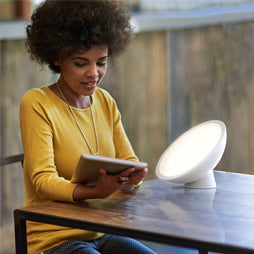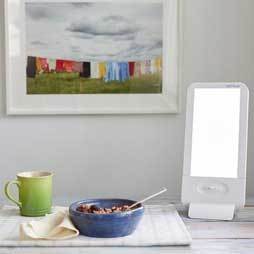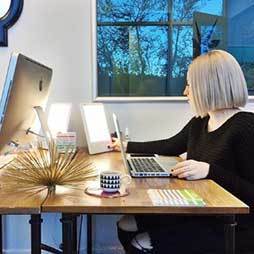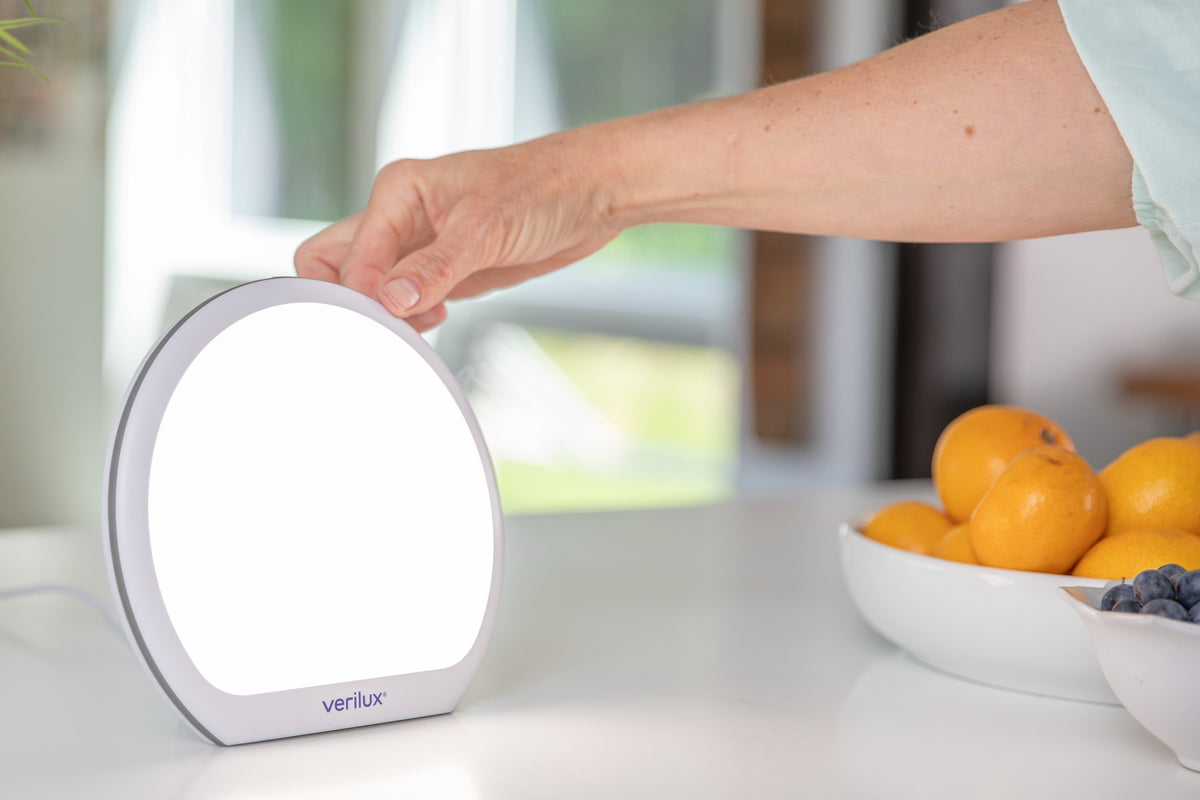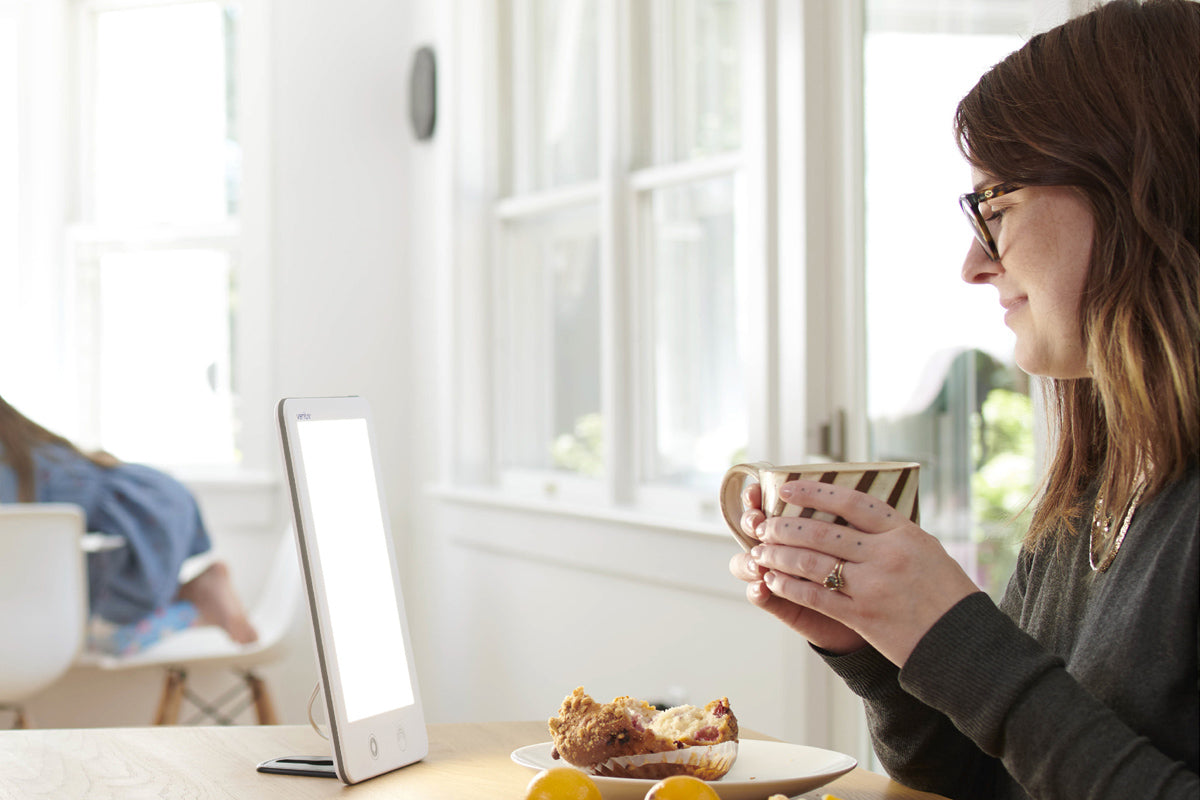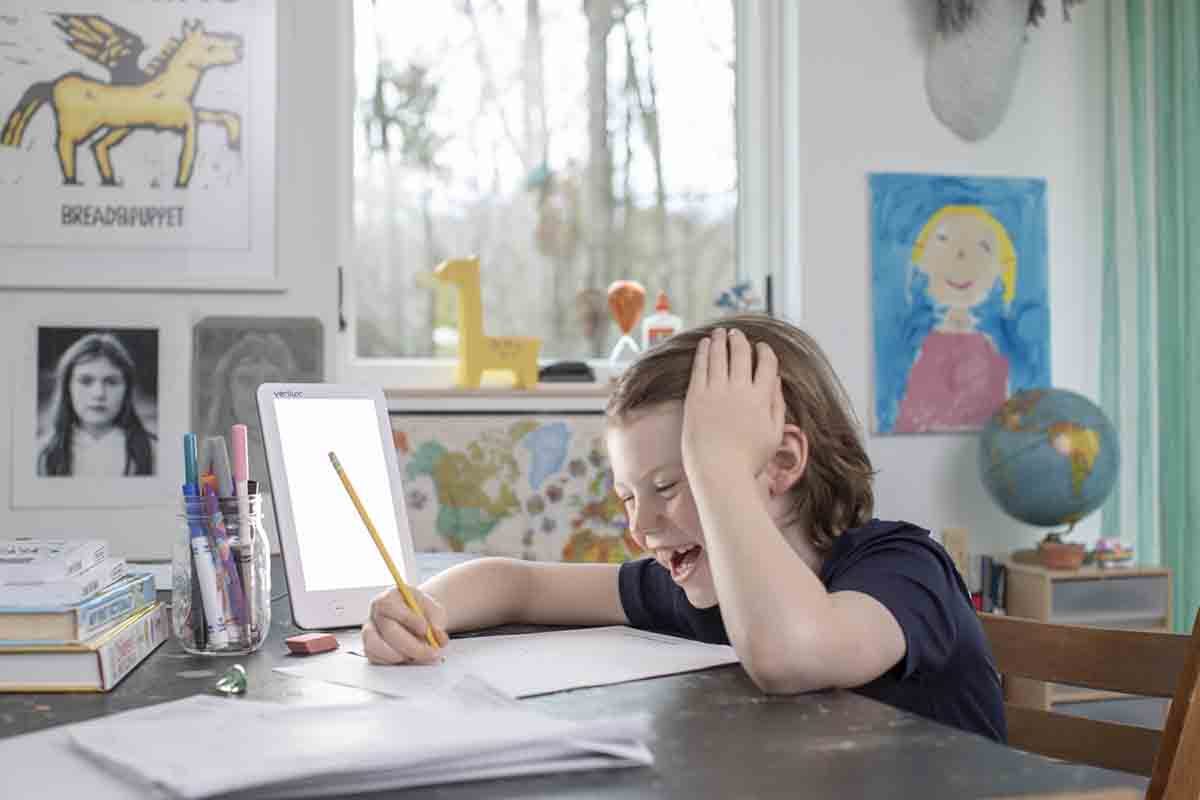Cleaning with light can, admittedly, sound a bit strange at first (but then again, there are so many great applications of light that most people simply don't know about!).
Disinfecting with UVC light isn't anything new. In fact, it's been around for well over 100 years. However, you may not have heard about it until recently. So, here are the basics - what it is, how it works, and why it's such an awesome solution for sanitizing!
What is UVC light anyways?
There are three types of Ultraviolet (UV) light that reach our atmosphere: UVA, UVB, and UVC (not so creative there, were they?).
ALL of UVC light is actually filtered out in the atmosphere and never reaches us (which is pretty awesome for us since it's actually pretty destructive to genetic material).
The majority of UV light that reaches us is UVA and some UVB - don’t worry, UVB actually helps your body to produce Vitamin D (but that doesn’t mean you shouldn’t wear sunscreen). Even though UVA and UVB have some benefits, they can still cause a lot of damage, so you should be careful about your exposure to direct sunlight without protection. Just Wear Sunscreen (the people out there with a 90's childhood will get it).
How Does UVC Sterilization Work?
The sterilization properties of UVC light were first discovered in the late 19th century, and have been used since then for disinfection. When UVC light is used on a surface containing virus or bacteria, the light causes cellular damage that prevents the pathogen from reproducing (effectively destroying it).
Whatever the light reaches, it can disinfect. On surfaces where the light may not reach all pathogens, it still destroys those it comes in contact with. Reducing the number of pathogens can also reduce the risk of infection.
In a study published by the International Journal of Environmental Research and Public Health, frequently touched surfaces in a hospital that were cleaned with bleach still showed 13% contamination, while those disinfected with UVC showed only .4% contamination (we like those numbers). Not only did the UVC method work more effectively, but it did so without the use of harsh chemicals and residue.
Is It Safe?
Short answer - Yes. UVC light is safe to use, but there are some precautions that you should take.
1. Avoid expose your skin to UVC light - definitely not good. When using UVC light to disinfect, set the object on a flat surface instead of holding it. This can prevent any accidental exposure to the light.
2. Do not look into a UVC light or shine it in the direction of anyone's field of vision. Have you ever used a laser pointer? It's very similar. Always keep the UVC light pointed down.
So What Can I Sanitize With UVC?
Anything (... that isn't organic, so don't try sanitizing yourself, others, or pets with UVC light as it can be very dangerous).
Focus first on commonly touched surfaces. This is not an extensive list, but that can include:
- Mobile devices
- Computers and keyboards (seriously, when was the last time you cleaned your keyboard)
- TV remotes
- Doorknobs (and really, handles of any kind...)
- Keys
- Counter tops
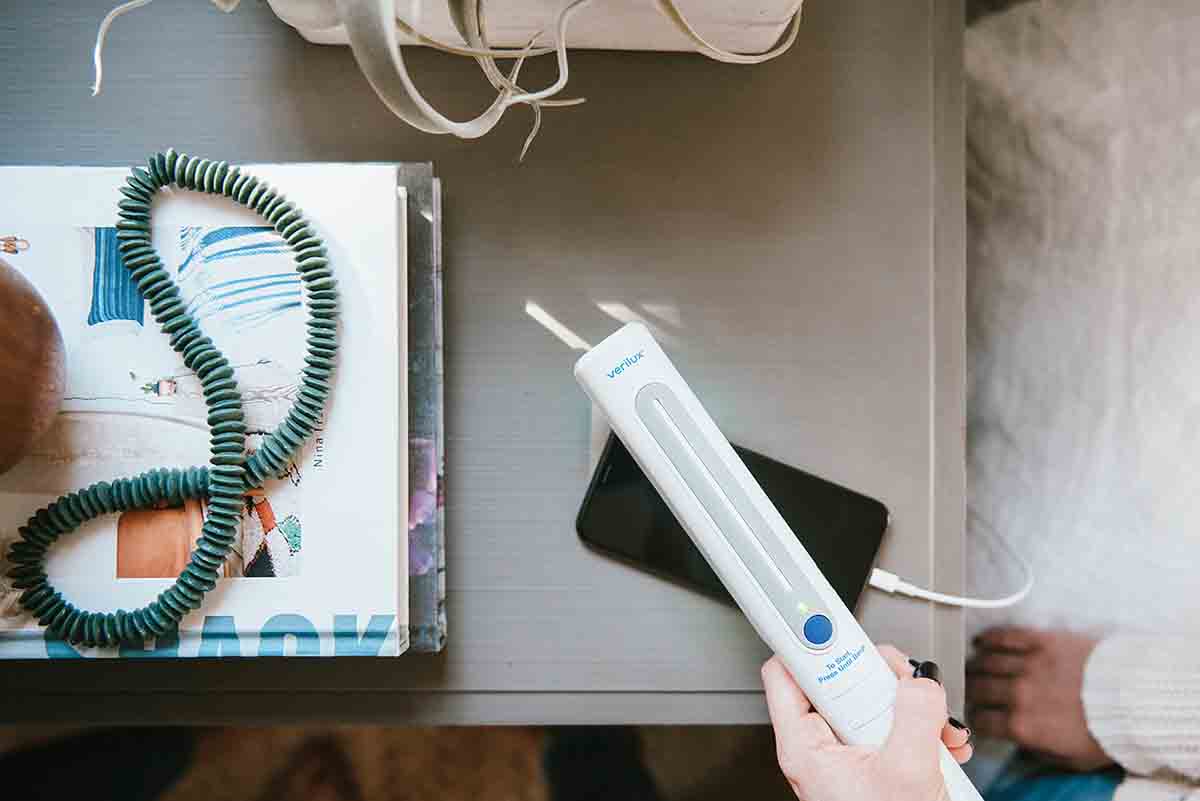
While that list includes things in the home, if you have a UVC sanitizing device (like our CleanWave Portable Sanitizing Wand) that is small enough to carry with you, here are a few other ideas:
- ATM machine keypads (sanitize those credit cards while you're at it)
- Restaurant table tops
- Airplane tray tables
Conclusion - UVC Light is Pretty Great
UVC light sanitizes with no chemicals, no residue, and with greater effectiveness. We think it's a great solution to having a clean and healthy space!


